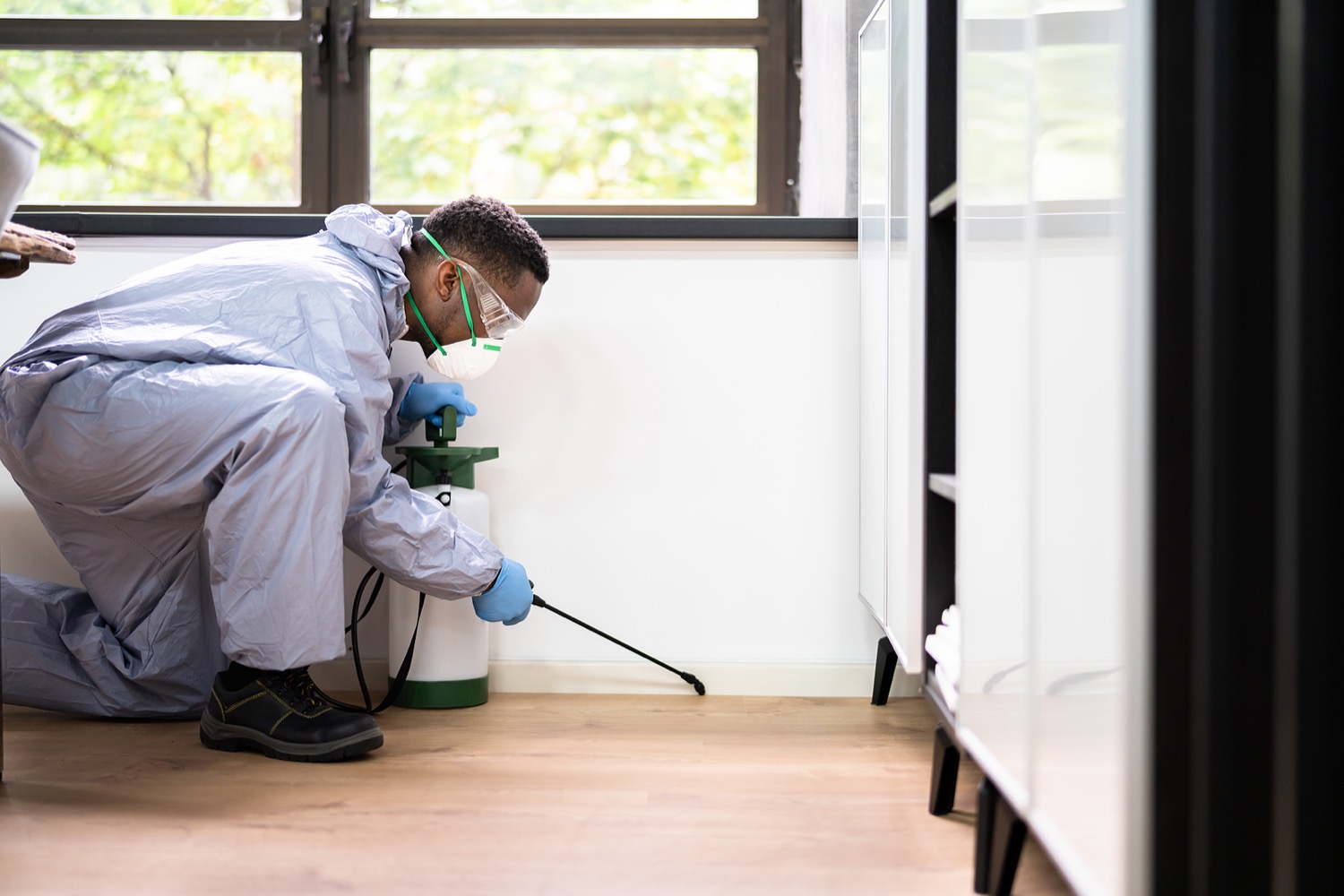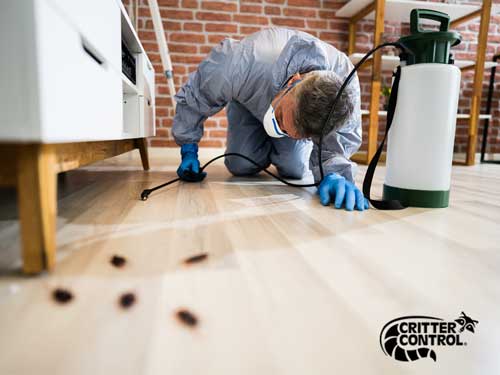A1 Bed Bug Exterminator Charlotte - Reliable and Affordable Services
A1 Bed Bug Exterminator Charlotte - Reliable and Affordable Services
Blog Article
Bed Pest Therapy Failure: Contrasting Chemical Vs. Non-Chemical Solutions
In the world of bug control, particularly when dealing with the consistent problem of bed insects, the option between chemical and non-chemical therapy options can be an essential one. Both strategies supply distinctive advantages and drawbacks, influencing elements such as effectiveness, security considerations, and overall price. By examining the nuanced details of each technique, a clearer understanding of which path to seek in attending to a bed insect invasion can be attained.
Performance of Chemical Treatments
Chemical therapies for bed bug invasions have been commonly identified for their fast and potent efficacy in removing these pests. When taking into consideration the effectiveness of chemical treatments, it is important to comprehend that they can give a thorough and quick service to a bed bug problem.
Additionally, chemical therapies have the benefit of using recurring results, meaning that they can continue to remove bed insects even after the preliminary application. This residual action is especially beneficial in combating any kind of possible re-infestations. Furthermore, the fast action of chemical therapies can bring relief to people dealing with extreme bed bug infestations, allowing them to regain control of their living spaces quickly.
Security Worry About Chemical Solutions
One important aspect that needs cautious factor to consider when making use of chemical services for bed bug therapy is making sure the safety of residents and the setting. While chemical treatments can be efficient in eradicating bed insects, they might pose threats if not managed properly. Among the key security issues with chemical services is the potential injury they can create to human wellness. Direct exposure to particular chemicals made use of in bed bug treatments can bring about breathing problems, skin irritation, or various other negative reactions, specifically in people with pre-existing problems or level of sensitivities. Furthermore, improper application or dose of chemical pesticides can result in poisonous deposits lingering in the cured area, posturing long-lasting health threats to occupants.
Furthermore, the environmental effect of chemical solutions is an additional significant factor to consider. Some pesticides made use of in bed bug treatments may be unsafe to beneficial pests, wildlife, and ecosystems if they seep into the dirt or water supply. It is necessary to utilize chemical therapies deliberately, complying with security standards, and thinking about much less hazardous choices to mitigate these threats and guarantee the secure and effective management of bed pest invasions.
Benefits of Non-Chemical Approaches
Considering the prospective safety worries and ecological influence linked with chemical remedies for bed insect therapy, checking out non-chemical techniques offers an appealing alternative with numerous distinctive benefits. Non-chemical treatments are environmentally friendly, as they do not add to air or water pollution, making them a lasting selection for parasite control.
Furthermore, non-chemical services can be effective in targeting bed insects, consisting of hard-to-reach locations where chemical therapies may not pass through. Methods such as warmth therapy, vacuuming, vapor cleansing, and mattress encasements offer comprehensive eradication without making use of dangerous chemicals. In addition, non-chemical techniques can be less disruptive, requiring very little prep work and permitting quicker reentry right into treated areas. In general, going with non-chemical bed pest treatment approaches not just prioritizes safety and security and environmental protection however also ensures reliable and extensive insect control.
Limitations of Non-Chemical Treatments

In addition, non-chemical treatments typically need several applications to accomplish effective removal. This can be taxing and might not constantly assure complete elimination of all bed bugs and their eggs, especially in concealed or hard-to-reach places.
Furthermore, the success of non-chemical therapies greatly depends on proper implementation and thoroughness, which can be challenging for people without expert knowledge. Poor application of non-chemical approaches may lead to incomplete removal, leading to consistent problems and the requirement for additional therapies.
Therefore, while non-chemical treatments have their advantages, it is necessary to acknowledge these limitations and consider them when establishing one of the most effective approach for taking care of bed insect infestations.
Price Contrast: Chemical Vs. Non-Chemical Options
Offered the limitations connected with non-chemical treatments, a crucial aspect to examine in the context of bed pest administration is the price comparison between chemical and non-chemical choices. Chemical therapies typically entail the application of pesticides by experts, which can vary from $250 to $900 per room, relying on the seriousness of the problem and the size of the area to be treated. On the other hand, non-chemical treatments like heat treatment or steam can be more costly, with expenses ranging from $1,000 to $6,000 for an entire home. While the first expense of chemical therapies might appear reduced, multiple therapies may be called for to totally get rid of the infestation, possibly boosting the total price. On the various other hand, non-chemical choices might offer a much more lasting and environmentally friendly service, although they can be cost-prohibitive for some people. Inevitably, when taking into consideration the cost of bed pest treatment choices, it is important to weigh the ahead of time expenses versus the efficiency and long-term sustainability of the chosen approach.
Verdict

Considering the possible safety issues and useful source environmental influence linked with chemical remedies for bed bug treatment, discovering non-chemical techniques presents an appealing choice with several distinct benefits.Provided the limitations connected with non-chemical treatments, a vital aspect to evaluate in the context of bed bug monitoring is the price comparison between chemical and non-chemical choices. In contrast, non-chemical therapies like heat therapy or heavy steam can be a lot more costly, with costs ranging from $1,000 to $6,000 for a whole home. While the initial expense of chemical read here treatments might appear lower, several treatments may be called for to totally get rid of the problem, potentially enhancing the general expense.In final thought, when contrasting chemical and non-chemical bed pest therapy options, it is necessary to take into consideration effectiveness, security, advantages, limitations, and price.
Report this page